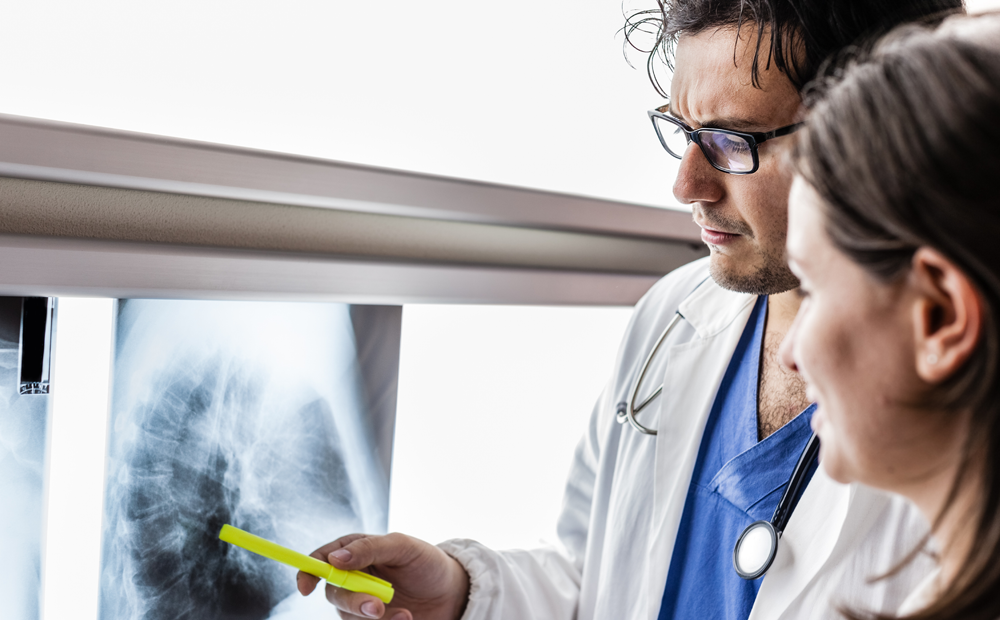Scientists from the Queensland University of Technology in Australia and the University of Illinois at Chicago formed a team that has unveiled a new and economical gadget that can be used for detection of floating cancer calls in a small blood sample.
As of right now, a wide array of methods are undergoing investigation for the sake of coming up with blood tests that are accurate enough for detecting cancer. These methods include tracking cancerous RNA traces, detecting unique DNA nanostructure that is common to almost all of the cancer kind, and what not. We are definitely riding the wave that will lead us to a new era of diagnostics.

A straightforward approach for cancer blood tests that is being investigated is the detection of circulating tumor cells (CTCs). These cells are shed off the primary tumor into the patient’s bloodstream. However, the primary challenge that the scientists face is coming up with a gadget that can detect these single cells that are present in very low quantities. Papautsky, a corresponding author on the new research, said, ‘A 7.5-milliliter tube of blood, which is a typical volume for a blood draw, might have ten cancer cells and 35-40 billion blood cells. So we are really looking for a needle in a haystack.’
The recently developed diagnostic device makes use of microfluidic technology for separating cancer cells from other cells in any given blood sample. However, as opposed to other microfluidic gadgets that make use of certain biomarkers to latch onto tumor cells that are present within a sample – known as affinity separation – the new gadget relies on the theory of size-dependent inertial migration. So, basically, the gadget will filter out the CTCs depending upon the unique size of the cells as compared to other elements that can be found within the blood sample.
Papautsky said, ‘Using size differences to separate cell types within a fluid is much easier than affinity separation which uses ‘sticky’ tags that capture the right cell type as it goes by. Affinity separation also requires a lot of advanced purification work which size separation techniques don’t need.’

The results from the early tests are more than just promising. The gadget was able to successfully detect 93% of cancer cells from a 5 ml blood sample that had 50 CTCs. It had a success rate of 83% for a sample that was spiked with 10 CTC. Scientists believe that the lower rate is because a lower quantity of blood was being tested. The team will be further verifying the success rate of the gadget by conducting trials that are wider and more challenging while also increasing the accuracy by imparting more biomarkers.
The research has been published in the journal Microsystems and Nanoengineering.


